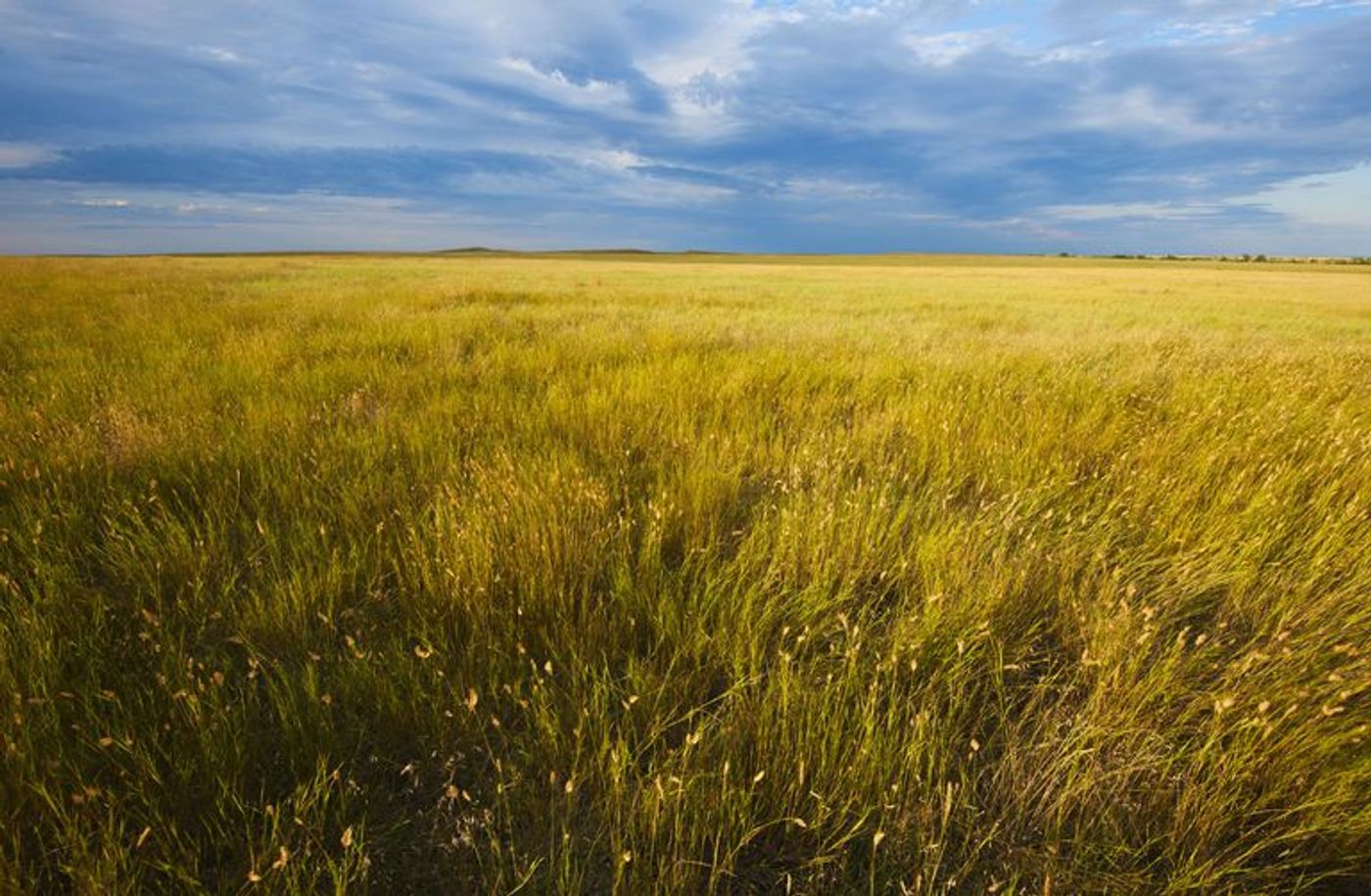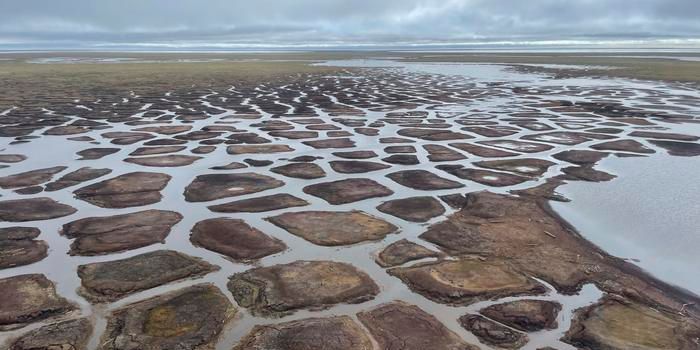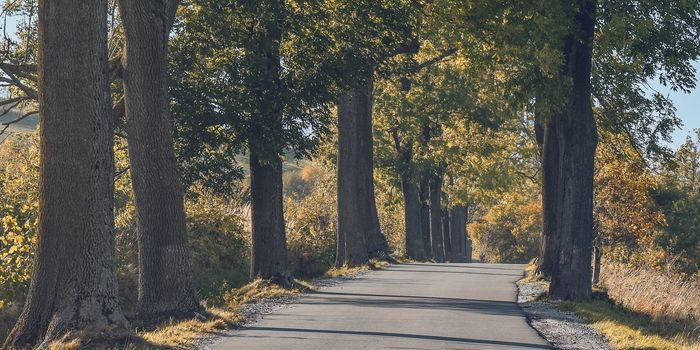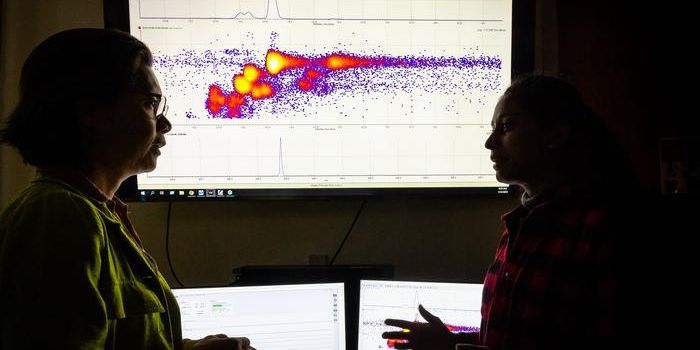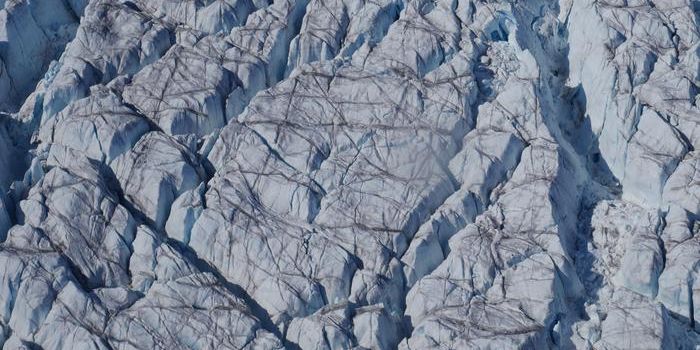Are grasslands on the decline?
Grasslands cover about a quarter of the world’s land and are the most agriculturally important biome. Though they have many names (prairies, pampas, steppes, savannas) and cover the interiors of every continent on Earth except Antarctica, these landscapes all have one thing in common: they receive more rain than a desert and less than a forest. Grasslands support a vast biodiversity of plant and animal species, and also act as carbon sinks, sequestering and storing huge amounts of carbon from the atmosphere. However, because of their rich, fertile soils, many grasslands around the world have been plundered by crop production and some are at risk. Now, scientists are interested in how increasing levels of atmospheric carbon dioxide from a warming planet are influencing these precious biomes.
In a study published in Science, researchers from the University of Minnesota conducted a long-term study in order to evaluate the impacts that rising atmospheric CO2 levels are having on grasses. For twenty years, the researchers collected data on C3 and C4 grasses in 88 different plots, exposing the plants to distinct levels of CO2 in order to model how they might respond to future elevated levels. And for the first 12 years, everything went as expected: the C3 plants thrived, and C4 experience little change.
"Because carbon dioxide is needed by plants to grow, we expected grasses that have the C3 photosynthetic pathway to grow more under elevated CO2, because these plants are known to be able to increase their CO2 capture as CO2 levels rise. We also expected that growth of grasses with the C4 photosynthetic pathway would not be affected by higher CO2 levels, because these plants are generally less able to capture extra CO2 as CO2levels rise," said University of Minnesota Professor Peter Reich. "While that held true for the first dozen years, that pattern changed."
What the researchers noticed after the first twelve years of the study was that C4 plants began to grow more than the C3 plants - essentially the pattern was reversed. This tendency continued for the last eight years of the study, and the team of scientists still don’t know exactly why this happened. Their results also showed a similar pattern in soil net nitrogen mineralization rates, which is an index of soil nitrogen supply, explain the authors.
Though the reason behind the shift is still in question, the significance of the results are not lost on the scientists: "If mature grasslands worldwide behave like our experiment did, this could have long lasting impacts on how we think about the conservation and restoration of grasslands around the world," Reich said. “These findings challenge the current paradigm and show that even the best-supported short-term drivers of plant response to global change might not predict long-term results,” states the study.
Sources: Science, Science Daily, National Geographic

